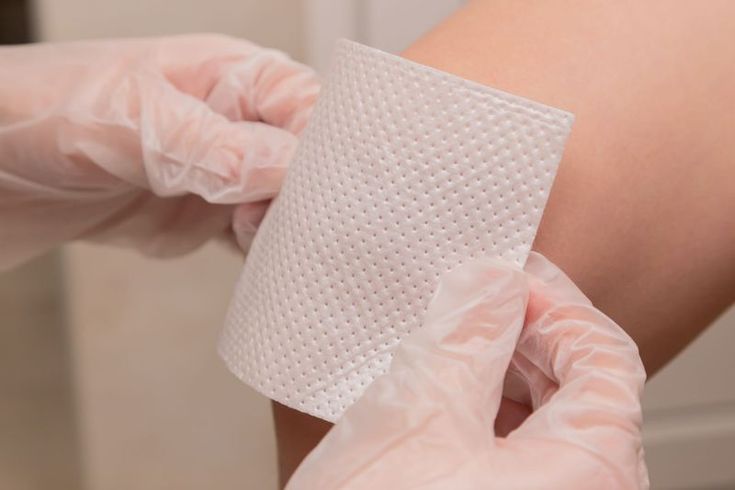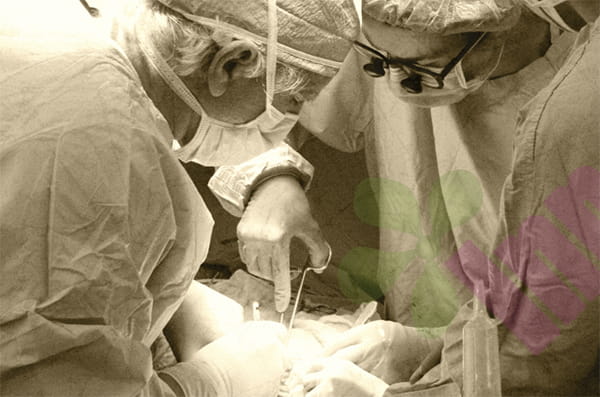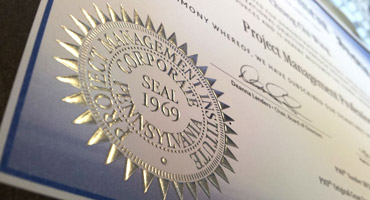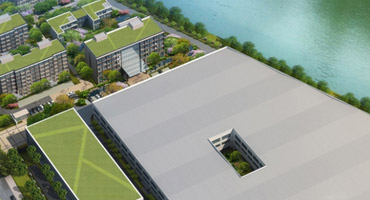Previous article Our team EB For EB patients, wound management is not a simple wound treatment, but a core task of multi-dimensional comprehensive care throughout life. Its goal is not only to promote healing but also to minimize pain, prevent complications (infection, malnutrition, anemia, cancer), and protect function.

There are three main types of EB:
- Simple EB (EBS): The defect is located in the epidermal keratinocytes (such as keratin 5/14 gene mutation), and blisters form in the inner layer of the epidermis. Usually, the symptoms are relatively mild, but blisters still occur repeatedly.
- Junctional EB (JEB): Defects are located in the hemidesmosomes or basement membrane zone at the junction of the epidermis and dermis (such as mutations in laminin-332, integrin, etc.), and blisters occur in the basement membrane transparent plate. It is often accompanied by severe mucosal involvement (oral, eye, respiratory tract, digestive tract), and the mortality rate in infancy is high.
- Dystrophic EB (DEB): Defects are located in the anchoring fibers of the papillary dermis (composed of collagen VII), and blisters occur below the lamina densa of the basement membrane. Chronic wounds, severe scar contractures (causing fusion of fingers/toes and limited joint motion), mucosal complications, and a high risk of invasive squamous cell carcinoma are its characteristic challenges.
Care for EB wounds?
Pain points: EB's wounds are extremely fragile. The application and removal of conventional dressings may cause secondary damage (epidermal avulsion), causing severe pain. Wounds have a lot of exudate, are prone to infection, and heal slowly and recur. Wounds in joints and folds are difficult to effectively fix and protect.
Solution: Reducing mechanical stimulation is the key. Use custom-made soft-padded clothing and silicone protective pads to maintain appropriate ambient temperature and humidity to avoid overheating and sweating that may cause blisters.
Dressing Selection → Silicone Contact Layer
The Silicone Contact Layer forms only a very weak adsorption force with the wound bed. This means that when the dressing is removed, there is almost no pulling on the fragile new epidermis, which significantly reduces the risk of avulsion injury and severe pain caused by dressing changes, and greatly improves the patient's treatment compliance and comfort. In addition, the three-dimensional microporous structure simulates part of the skin barrier function, effectively blocking external bacterial contamination and reducing the risk of infection, while allowing gas exchange, such as water vapor and oxygen, to avoid wound immersion. Its moisturizing properties help maintain a moist environment that is conducive to the migration of epidermal cells and can shorten the healing time by about 30%. The material is thin, soft, and elastic, and can perfectly fit various curved surfaces of the body (such as joints, between fingers/toes, and armpits). It is not easy to curl or shift and pit provides lasting protection. Some products can be left directly on the wound as a contact layer, and the outer layer is covered with an absorbent dressing. When replacing the outer layer, there is no need to disturb the wound contact surface, further reducing pain and damage.

Protect the baby butterfly.
At present, cutting-edge research such as gene therapy, protein replacement therapy, and cell therapy is actively exploring the possibility of curing EB, bringing hope to the future. Continuously optimizing wound care practices, scientifically using professional tools including ultra-thin silicone gel mesh, and giving patients and their families full support and care are the most solid protections we can provide for these "butterfly skin" patients. For more information on Innomed®Silicone Contact Layer, refer to the Previous Articles. If you have customized needs, you are welcome to contact us; You Wholeheartedly. At longterm medical, we transform this data by Innovating and Developing Products that Make Life easier for those who need loving care.
Editor: kiki Jia

 English
English عربى
عربى Español
Español русский
русский 中文简体
中文简体








